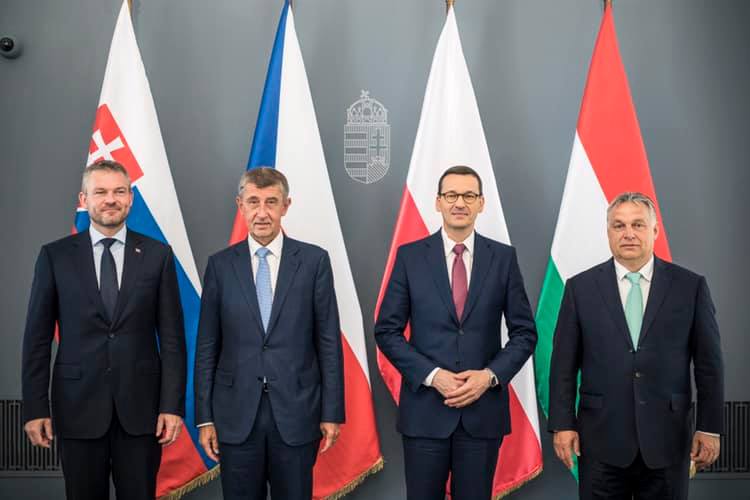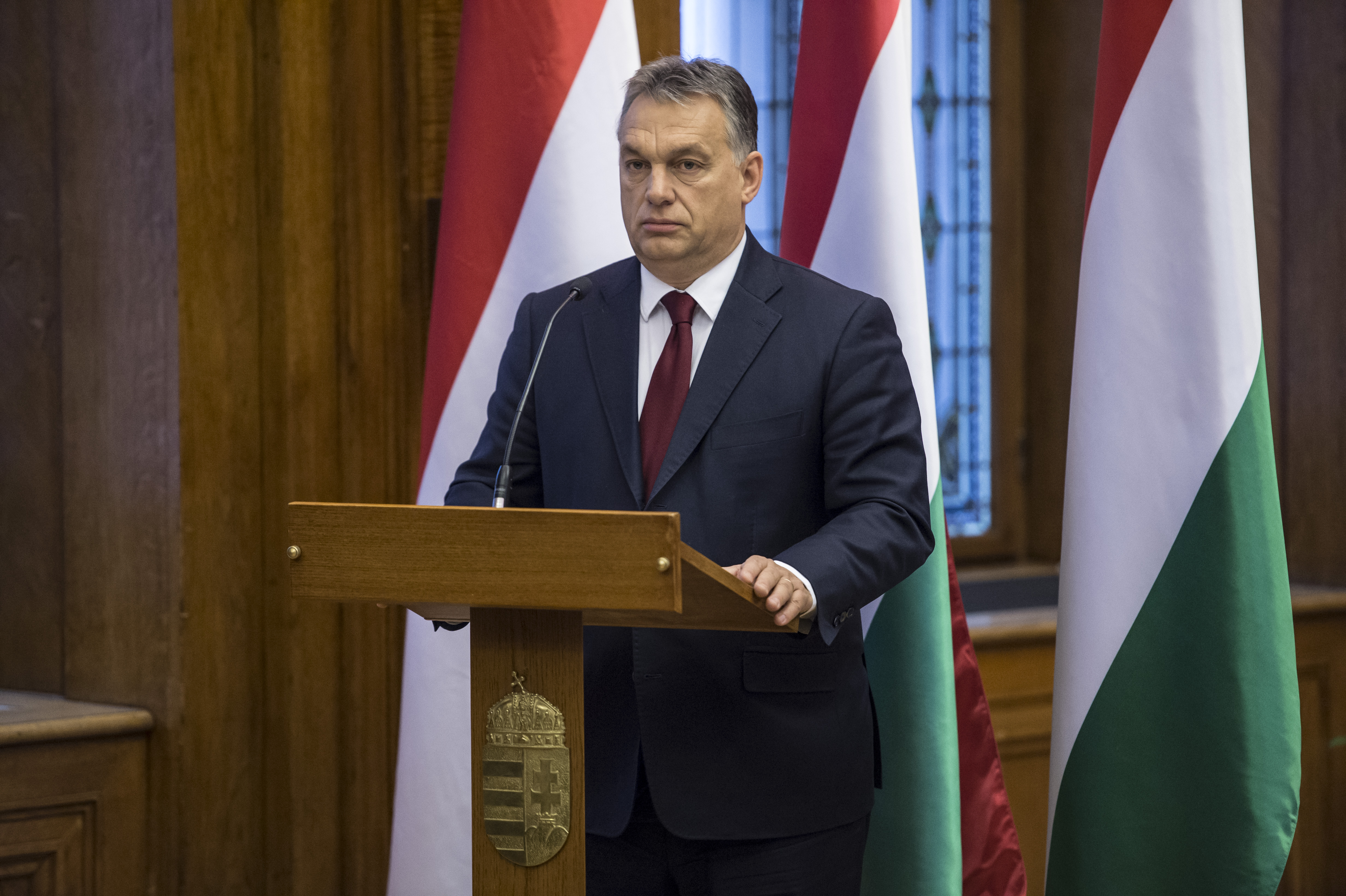USA, Washington – The US Deputy Secretary of Defense Robert Work said to the Wall Street Journal that Russia has an “extraordinary provocative behavior”. In the same time, NATO is getting more troops based around Russia and aim to include Sweden and Finland.
The North Atlantic Treaty Organisation (NATO) is set to place some 4,000 troops in Poland and the Baltic countries in an attempt to strengthen Europe’s Eastern border, the Wall Street Journal says. The USA will most probably supply two battalions, while another two will be provided by Germany and the United-Kingdom respectively, Western officials quoted by the WSJ said.
Robert Work, the US Deputy Secretary of Defense said to the WSJ that the “buildup was a response to more Russian activity around the Baltics – Lithuania, Latvia and Estonia – where tensions have been rising”. He added that “the Russians have been doing a lot of snap exercises right up against the borders, with a lot of troops”. “From our perspective, we could argue this is extraordinarily provocative behavior.”
Estonian intelligence reported illegal Russian drone flights over their national territory in the past weeks. “Yet again we are faced with provocative actions that display an aggressive stance towards the entire North Atlantic Alliance,” commented Polish deputy Defence Minister Bartłomiej Misiewicz. “Watching such actions passively is only a reward for the aggressor,” he said.
On the Russian side, NATO is accused to be aggressive and provocative. The attempt to bring Sweden and Finland to become members of NATO is seen as such. Russian Foreign Affairs Minister Lavrov estimates that NATO is greedy for geopolitical space, and wants to encircle those who disagree. “NATO military infrastructure is inching closer and closer to Russia’s borders. But when Russia takes action to ensure its security, we are told that Russia is engaging in dangerous maneuvers near NATO borders. In fact, NATO borders are getting closer to Russia, not the opposite,” the Russian FM pointed out.




